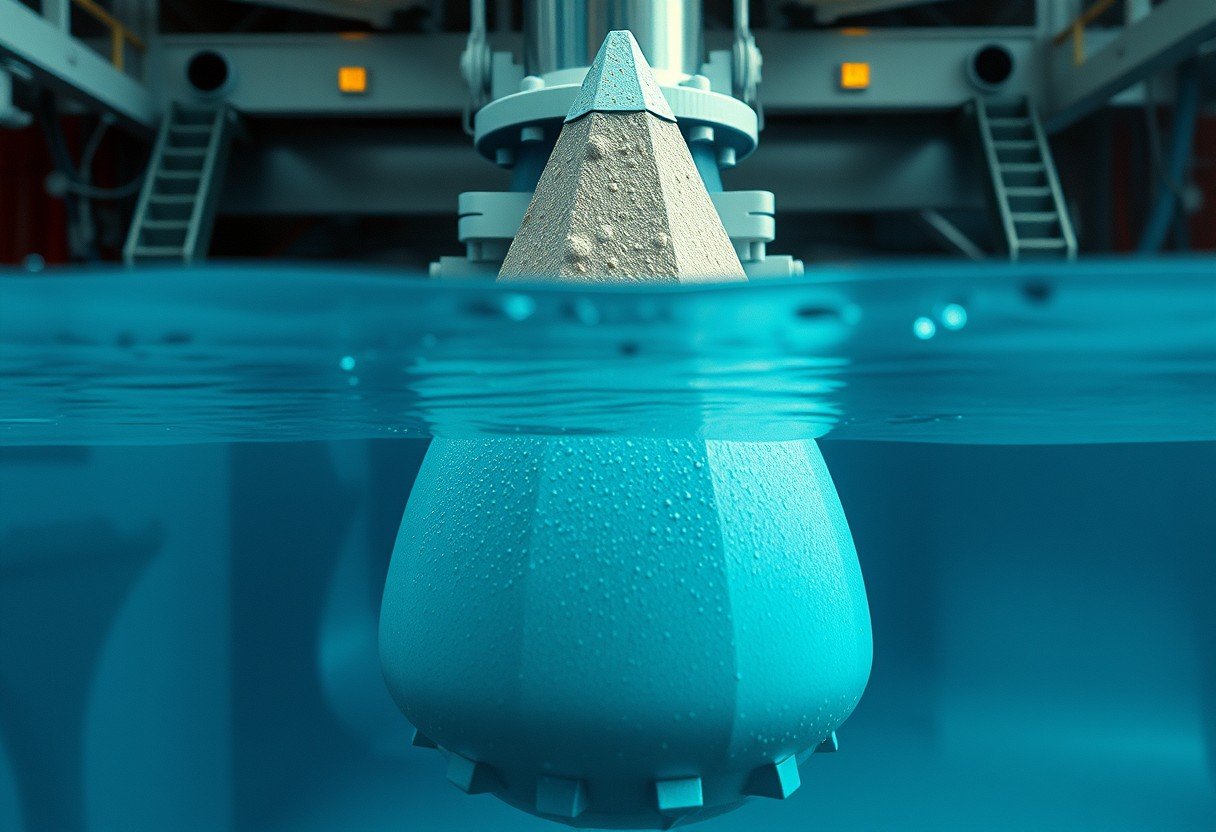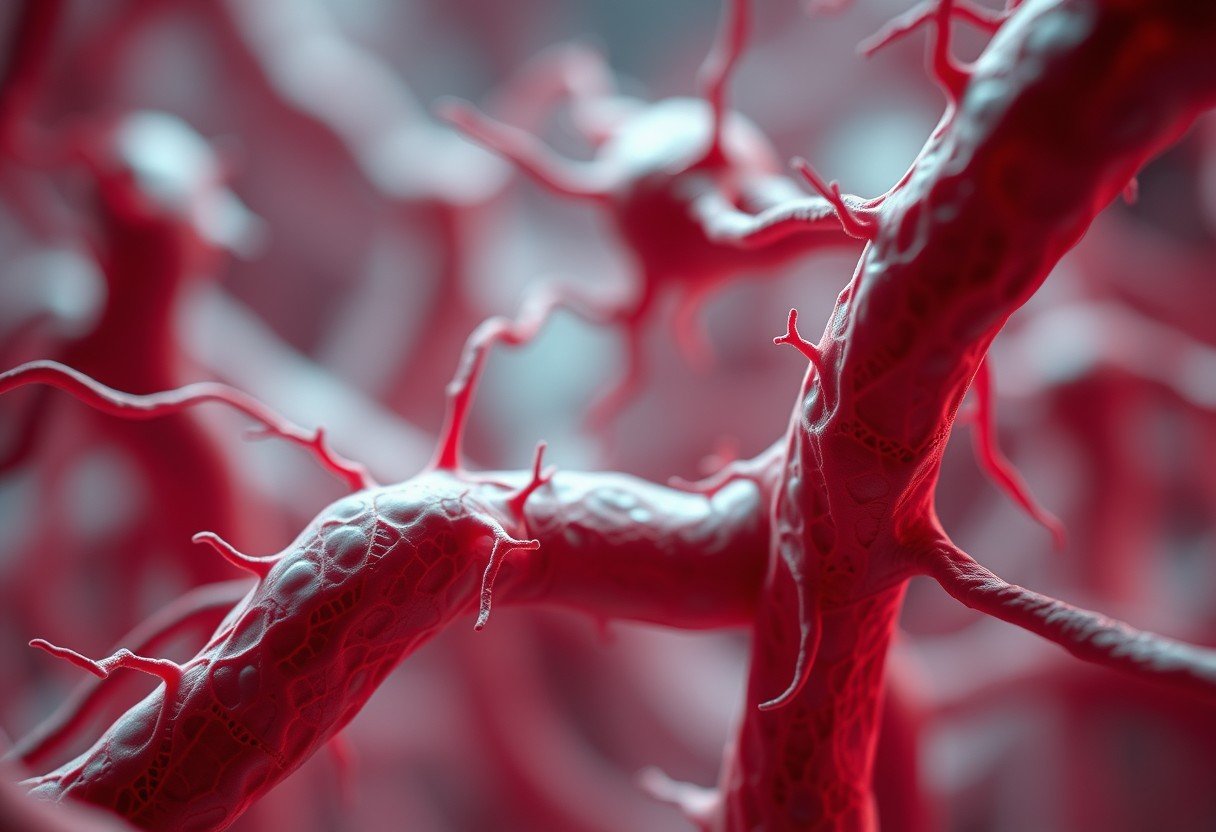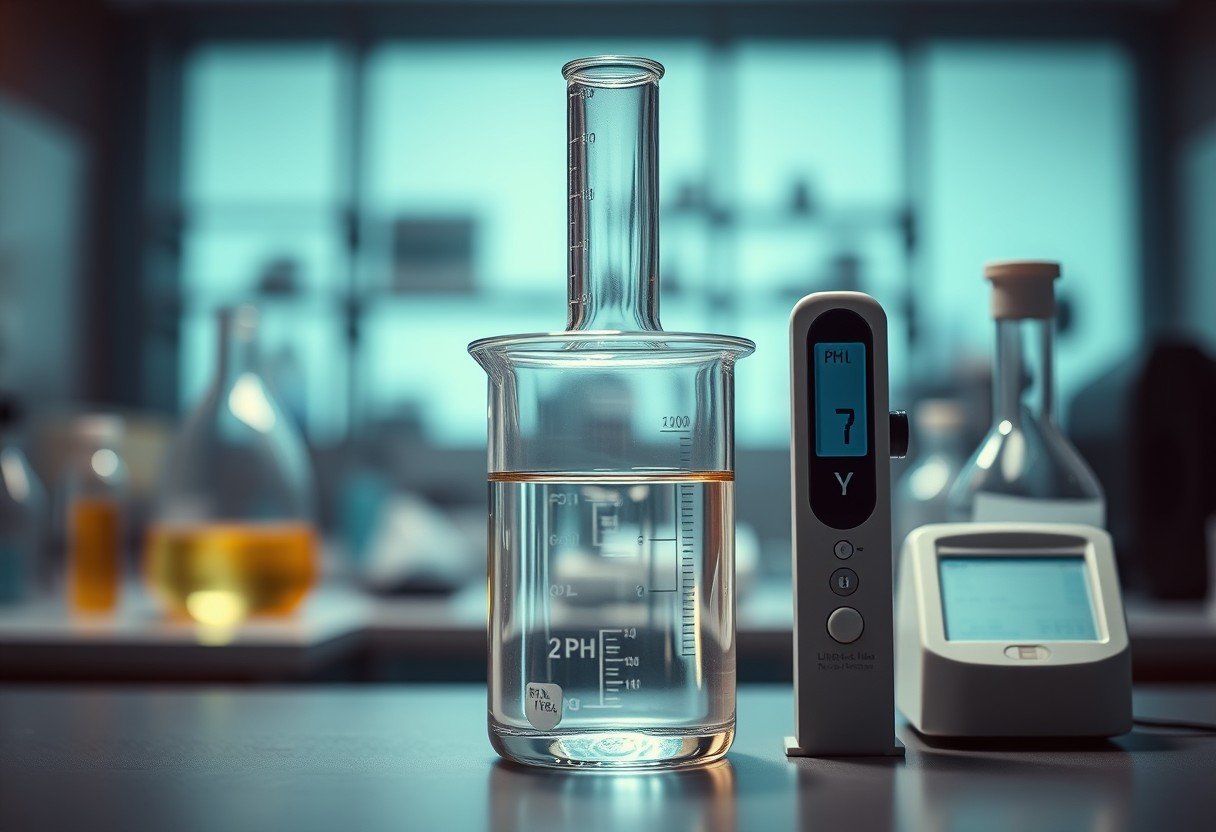Have you ever wondered what happens to precise measurements when you take them underwater? Submerging an entire apparatus in water can indeed change the perceived width of its central peak. This occurs primarily due to the way light bends when passing from air to water, a phenomenon called refraction, and the physical forces of pressure and buoyancy. Understanding these effects is crucial for anyone conducting experiments in an aquatic environment to ensure their data remains accurate.
What Happens When You Submerge an Apparatus in Water?
When you submerge an apparatus, it enters a completely new environment. The surrounding water interacts with it differently than air does, leading to both physical and observational changes that can impact your results.
The most immediate effect is buoyancy. This upward force exerted by the water can alter the effective weight and stability of your setup. If the apparatus is not securely anchored, it could shift slightly, affecting the alignment and measurements of its components.
Furthermore, different materials may react to prolonged submersion. Some might absorb a small amount of water or experience slight thermal expansion or contraction depending on the water temperature. These subtle physical alterations can influence the dimensions you are trying to measure, including the width of the central peak.
The Science of Light and Water: Refraction Explained
One of the biggest reasons the central peak’s width appears to change is due to the optical properties of water. Light travels differently through water than it does through air, and this directly impacts any visual measurement.
This phenomenon is known as refraction. Air has a refractive index of about 1.00, while water’s is approximately 1.33. When light passes from a medium with a low refractive index (air) to one with a higher one (water), it bends. This bending of light can create a magnifying effect or distort the apparent size and position of an object.
This means that when you look at the central peak through water, you are not seeing its true width but a version distorted by refraction. To get an accurate reading, this optical effect must be calculated and accounted for in your final measurements.
How Water Pressure and Buoyancy Affect Measurements
Beyond optical illusions, the physical forces of water play a significant role. The principles of fluid mechanics dictate that pressure and buoyancy can exert real stress on a submerged object, potentially causing it to deform.
Water pressure increases with depth. For every 10 meters you go down, the pressure increases by about one atmosphere. This external pressure is applied to all surfaces of the apparatus. Depending on the material’s strength and the apparatus’s design, this pressure could cause slight compression, minutely changing the physical width of the central peak.
These effects are often more pronounced in systems that are not perfectly rigid. Even minor changes in shape can lead to significant variations in sensitive measurements, highlighting the need to understand the structural integrity of your setup under pressure.
Key Factors Influencing the Change in Peak Width
Several environmental variables can influence how much the central peak’s width changes. It is not just about being in water, but also about the specific properties of that water and the light you use to observe the apparatus.
Thinking about these factors ahead of time can help you design a more robust experiment. For example, if you are working in an environment with fluctuating temperatures, you will need to monitor it constantly.
Here are some of the most important factors to consider:
- Water Temperature and Density: Warmer water is typically less dense than colder water. This change in density affects both the refractive index and the buoyant force, potentially altering your results.
- Water Clarity: Murky or cloudy water can scatter light, making it difficult to get a clear image for measurement. This can introduce errors and affect the perceived width of the peak.
- Salinity: Saltwater is denser than freshwater and has a slightly higher refractive index. An experiment conducted in the ocean will yield different results than the same experiment in a lake.
These variables underscore why it is critical to record the environmental conditions during any underwater experiment.
Why Accurate Measurement Techniques are Crucial Underwater
Given all the variables that can affect your results, using the right measurement techniques is essential for obtaining reliable data. Simply using the same tools and methods you would use in air is often not enough.
Calibration is one of the most important steps. You must calibrate your measurement instruments for the underwater environment to correct for optical distortions and other environmental effects. This might involve creating a correction factor based on the water’s refractive index.
For high-precision work, advanced imaging systems are often used. High-resolution underwater cameras or laser scanning systems can capture detailed data without being as affected by an observer’s perception. These tools, when properly calibrated, provide a more objective and accurate measurement of the central peak’s width.
| Property | In Air | In Water |
|---|---|---|
| Refractive Index | ~1.00 | ~1.33 (variable) |
| Pressure | Standard atmospheric pressure | Increases with depth |
| Dominant Force | Gravity | Buoyancy and Gravity |
| Measurement Challenge | Minimal environmental distortion | Optical distortion and physical pressure |
Interpreting Your Results: What do the Changes Mean?
After you have collected your data, the final step is to analyze and interpret it correctly. Observing a change in the central peak’s width is an important finding that reveals how the apparatus interacts with its environment.
Using statistical methods, such as a t-test, can help you determine if the difference in width before and after submersion is statistically significant. A significant change confirms that the fluid environment has a measurable impact on your system.
This information is incredibly valuable for real-world applications. For engineers designing underwater structures, submarines, or remotely operated vehicles (ROVs), understanding how components behave when submerged is critical for safety and performance. Your findings contribute to a better understanding of structural dynamics in fluid environments. In some cases, you might find that for a very rigid and stable apparatus, the physical change is negligible, but the apparent optical change is always present.
Frequently Asked Questions
Why does the width of the central peak seem to change in water?
The apparent width changes mainly because of light refraction. Water has a higher refractive index than air, which causes light rays to bend, distorting the size and shape of submerged objects and affecting visual measurements.
Can water pressure physically change the apparatus?
Yes, water pressure increases with depth and exerts force on all surfaces of the apparatus. Depending on its material and design, this pressure can cause slight physical compression or deformation, which could alter the peak’s actual width.
What is the most important factor affecting measurements in water?
While pressure and temperature are important, the refractive index of water is often the most significant factor for visual measurements. It directly causes optical distortion that must be accounted for to get accurate data.
How can I measure the peak width accurately underwater?
Use high-precision tools like digital calipers designed for underwater use, laser scanners, or high-resolution cameras. It is crucial to calibrate these instruments specifically for the aquatic environment to correct for optical and physical effects.
Does the type of water matter?
Absolutely. The temperature, salinity (salt content), and clarity of the water all influence its density and refractive index. Therefore, conducting an experiment in cold, fresh water will likely yield different results than in warm, salt water.









Leave a Comment